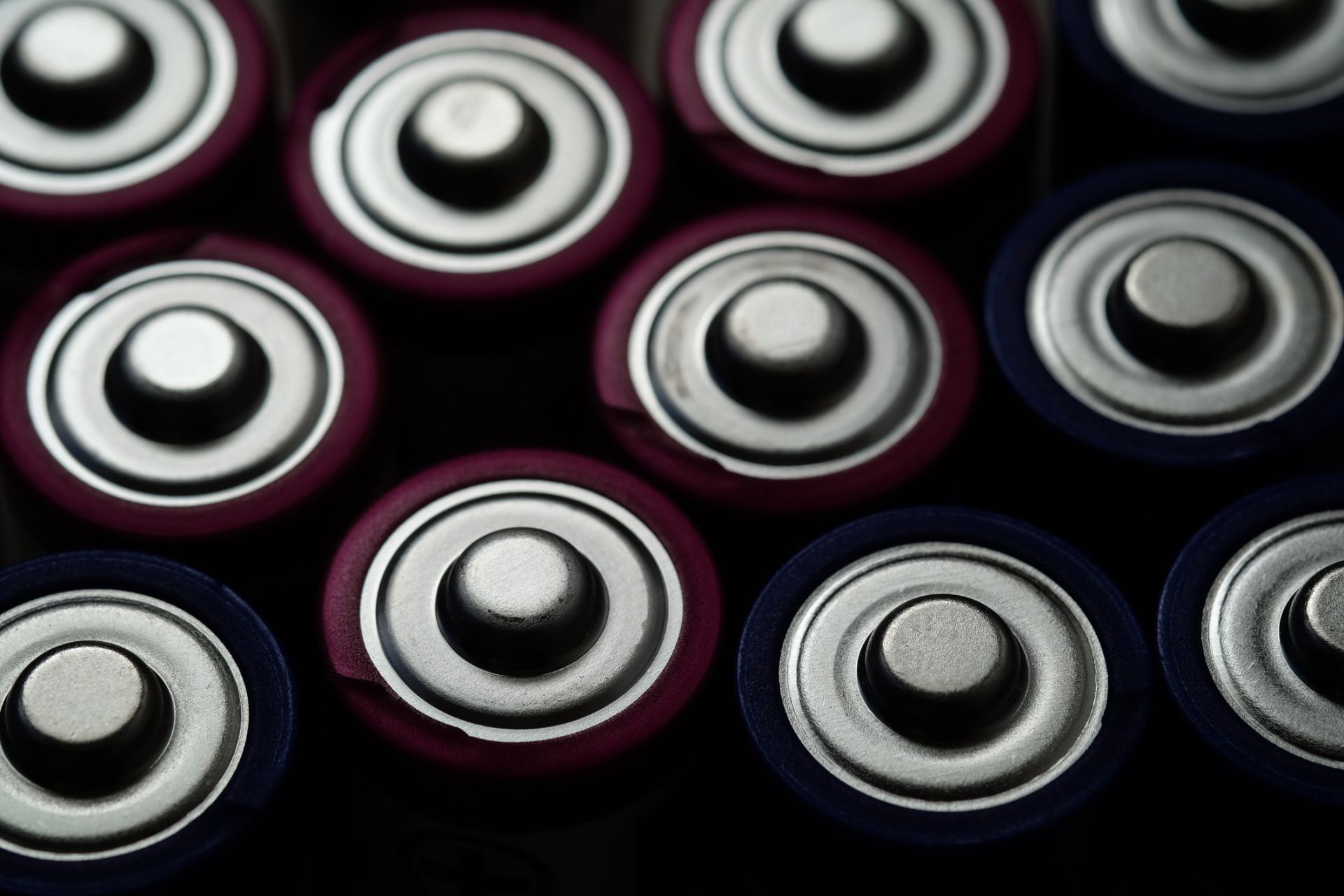Machinery used in manufacturing applications can consist of a range of metals and alloys that provide strength, electrical and thermal conductivity, durability, workability and other characteristics. However, the metal part itself could be detrimentally impacted by the environment and the working application itself. In other instances, the metal part could create problems if it comes in contact with other metals or products, such as toxic metals that can create hazards during food processing.
To avoid these circumstances, the metal will be coated with a tin anode during an electroplating process. As a ductile metal, tin offers corrosion resistance and is considered non-toxic, as it can be plated to other nonferrous metals such as copper or nickel.
Electroplating with Tin Anodes
Electroplating with tin anodes consists of submerging the tin anodes and the metal part that will undergo the coating process into an electrolyte solution. Then an electrical current is introduced into the liquid. The tin will be connected to the positively charged anode electrode while the metal part is attached to the negatively charged cathode electrode.
The DC current along the anode dissolves the tin into the electrolyte solution as it is attracted to the cathode. The melted tin is reduced and deposited onto the metal part. There are several different electroplating processes that can be used with tin anodes.
For delicate parts, vibratory plating is an expensive way to coat the metal parts as they are placed into a basket with metal buttons containing the electrolyte solution as the basket vibrates.
Barrel plating is used for smaller parts as the barrel containing the electrolyte solution rotates. This is the most cost effective procedure for electroplating.
Rack plating is used for larger metal parts as the metal is hung on a rack as the rack is lowered into the electrolyte solution. This process is costlier than barrel plating yet cheaper than vibratory plating.
Uses of Tin Anode for Electroplating
There are many different uses and applications that benefit from electroplating tin with other metal parts. Special consideration needs to be taken when deciding on the type of electrolyte process, how many layers of tin will be added, and the application. Manufacturers also have to decide if the tin will be alloyed with other metals, such as lead, bismuth, silver, copper, zinc, or lead/copper during the electroplating depositing process. Some uses of tin anodes include:
Friction Reduction: Tin will be alloyed with lead and copper to create a coating on engine bearings. This tin coating allows the moving bearings to slide effortlessly with less friction. Without the tin anode, the bearings can experience significant wear and tear as this could lead to sudden failure.
Corrosion Resistance: In outdoor applications that will experience significant damage from the environment, tin plating can protect the metal from corrosion by acting as a sacrificial anode. Instead of the corrosive environment attacking the metal part, it will instead corrode the tin coating first.
Electrical and Thermal Conductivity Improvement: Tin will be electroplated onto parts when there needs to be an increase in electrical or thermal conductivity, as it may be placed on electronic components and semiconductors.
Surface Protection: For the food manufacturing industry, tin anodes will be electroplated onto machinery parts as a protective coating to prevent contamination as tin is considered nontoxic.
Increased Surface Thickness and Uniformity: The metal part may have a surface that is uneven or too thin for the application. Tin will be electroplated onto the surface for a more even thickness without impacting the metal part’s properties.
Metal Finishing: For some applications, tin anodes are applied as a coating to enhance its aesthetic appearance. Tin adds a softer and ductile finish to parts.
At Belmont Metals, we provide pure Grade A and 99.9% tin anodes to manufacturers. Our anodes come as open cast flat anodes and in sizes of 3″ long, 4″ long and 5″ long anodes. For more technical information, contact our company today.

